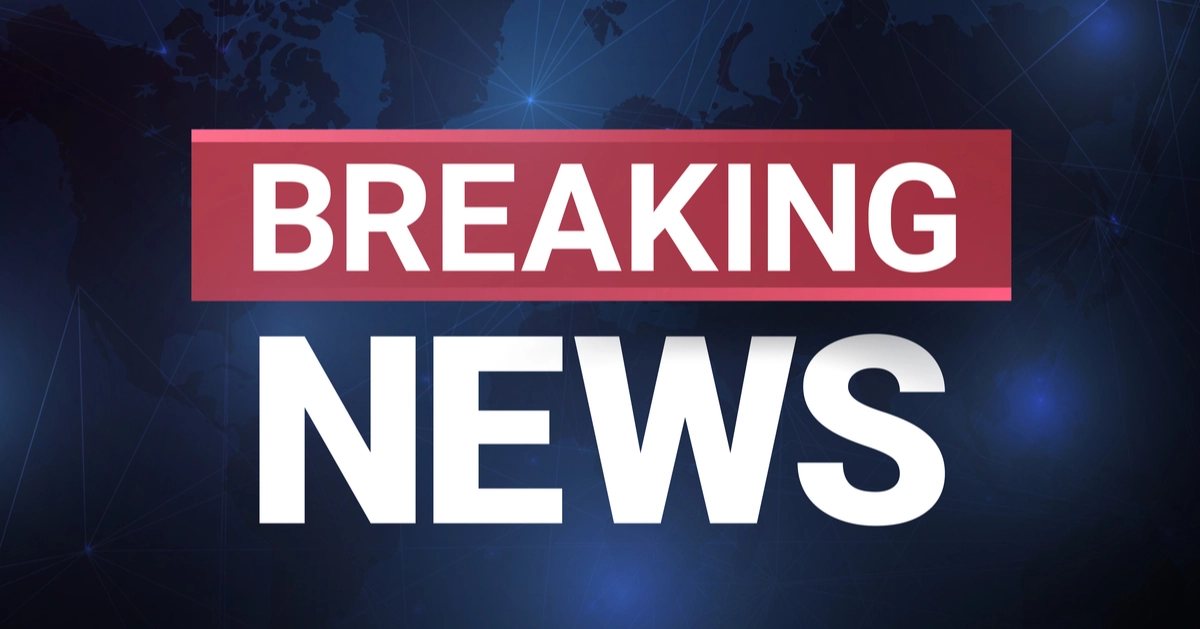Trump’s Panama Canal Takeover Comments Meet Resistance From Americans In Panama
A group of US citizens visiting the Panama Canal expressed strong opposition to former President Donald Trump's recent threats regarding American control of the vital waterway.
According to TAG24, Trump's repeated assertions about seizing control of the Panama Canal and accusations of Chinese interference have drawn firm rejection from Panama's government and American tourists witnessing the canal's operations firsthand.
Standing at the Agua Clara Locks viewing area, approximately 50 American tourists observed a massive Danish cargo vessel navigate through the historic waterway, with many expressing dismay at Trump's suggestions.
Their reactions highlighted a clear disconnect between the former president's stance and the views of everyday Americans visiting the strategic maritime passage.
Trump's Canal Claims Face Strong Opposition From Multiple Fronts
The president-elect's recent declarations about the Panama Canal have sparked significant controversy. Trump has alleged unfair fee structures for American vessels and made unsubstantiated claims about Chinese control over the waterway's operations. These statements have prompted immediate pushback from Panamanian authorities and garnered criticism from various stakeholders.
Natalia Glusack, a 47-year-old California accountant, voiced the sentiment shared by many visitors when she stated her position. According to Glusack's comments at the viewing area: "I think it is 100% Panama, yeah, and it should stay such."
Tourist experiences at the canal paint a vivid picture of the waterway's efficiency. Visitors witnessed the seamless passage of an 870-foot Danish-flagged freighter, demonstrating the canal's crucial role in global maritime commerce and Panama's capable management of the facility.
Historical Context Shapes Modern Canal Governance Debate
The Panama Canal's rich history provides essential context for current discussions. French companies initiated construction in 1881 but abandoned the project due to devastating challenges, including tropical diseases that claimed numerous workers' lives. American intervention led to the canal's completion and inauguration in 1914, followed by decades of US administration.
A defining moment came in 1977 when President Jimmy Carter signed a treaty transferring canal control to Panama. This agreement included provisions ensuring the waterway's perpetual neutrality and establishing a framework for its current operation. The treaty's implementation marked a significant shift in US-Panama relations and regional diplomacy.
These historical developments continue to influence contemporary debates about the canal's management. The transition from American to Panamanian control represents a complex diplomatic achievement that many observers view as irreversible.
Panama's Leadership Takes Firm Stance Against Negotiations
Panamanian President Jose Raul Mulino has adopted an unequivocal position regarding Trump's demands. Mulino explicitly ruled out any negotiations over canal tolls and firmly denied allegations of Chinese interference in canal operations. His administration maintains that current fee structures will remain unchanged for US vessels.
Mindy Holland, a retired New York resident visiting the canal, expressed her skepticism about Trump's claims: "Donald Trump claims a lot of things, and that doesn't make them true."
The canal's strategic importance is underscored by traffic statistics showing that approximately 5% of global maritime commerce traverses the waterway. American vessels account for 74% of canal traffic, while Chinese ships represent 21%, highlighting the waterway's crucial role in international trade.
Looking Forward Critical Maritime Infrastructure Management
The ongoing controversy surrounding Trump's statements raises questions about the future of international maritime infrastructure management. While some analysts interpret his threats as negotiating tactics aimed at securing lower transit fees, others recall historical tensions, including the 1989 US invasion of Panama.
Maritime experts emphasize the canal's vital role in global commerce. The waterway provides a crucial shortcut between Asia and the US East Coast, eliminating the need for vessels to navigate around South America's southern tip. This efficiency translates into significant time and cost savings for international shipping operations.
Current operational data demonstrates the canal's effectiveness under Panamanian administration. Regular transits of massive cargo vessels, including the Danish freighter observed by tourists, illustrate the facility's continued importance to global trade networks.
Final Analysis Strategic Waterway Diplomatic Relations
Trump's threats regarding the Panama Canal have created diplomatic tension between the United States and Panama. The former president's claims about unfair fees and Chinese influence have met resistance from Panamanian officials and American citizens visiting the historic waterway.
The situation highlights the complex relationship between historical agreements and contemporary international relations. While Panama maintains firm control over the canal following the 1977 treaty, Trump's statements have reignited discussions about the strategic waterway's management and its crucial role in global maritime commerce.


